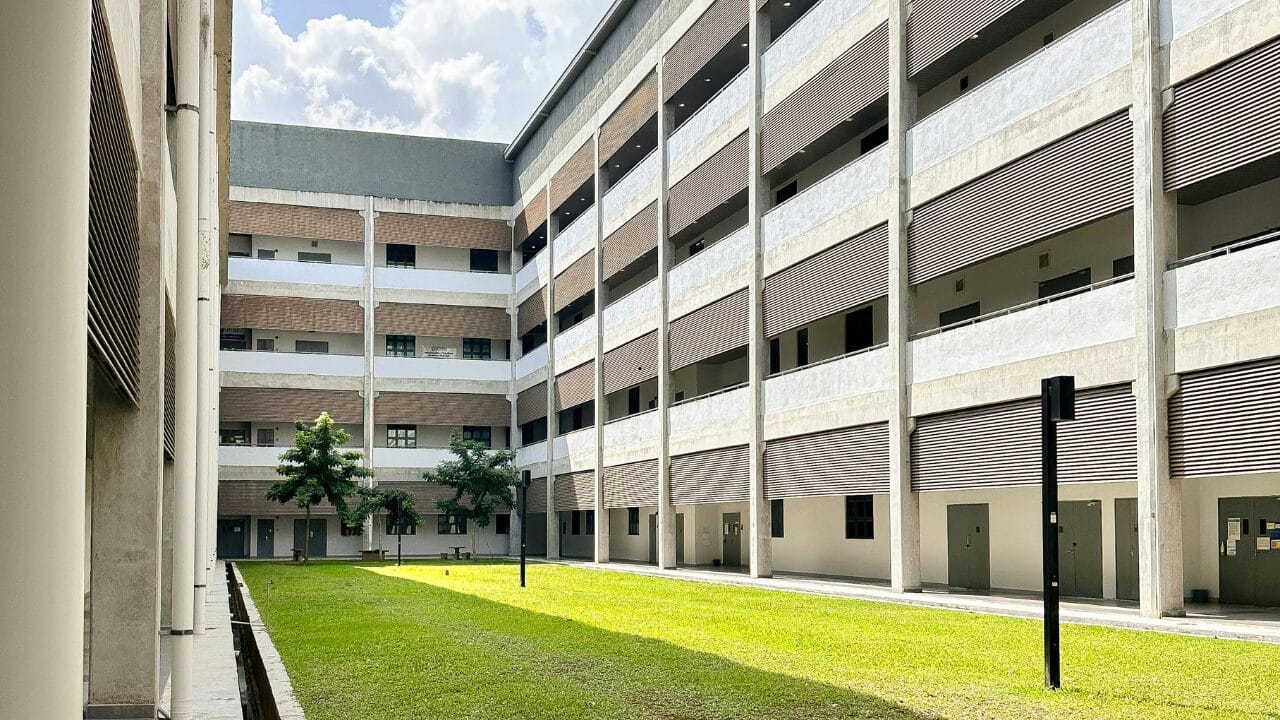Have you ever thought about what makes a medical facility feel calm and organized?
Every corner of a clinic or hospital affects how staff work and patients feel inside. Choosing the right tools and layout can turn chaos into smooth, easy daily routines.
Small design decisions often make a big difference in care and comfort. Read on to discover how to build a modern, welcoming medical space.
Table of Contents
Plan an Efficient Layout
Creating a layout carefully can improve how a facility works daily. Hallways and rooms should flow so patients move without stress. Staff need clear space to perform tasks quickly and safely.
Waiting areas should feel calm and open for everyone inside. Small choices in furniture and room placement affect daily routines.
If you’re in or near the area, hiring construction services in Sterling can turn plans into organized spaces. A good layout helps operations run smoothly and keeps patients comfortable.
Choose Modern Equipment
Choosing modern equipment helps staff work efficiently and complete tasks quickly. New machines can save time and reduce errors during daily operations. Technology should fit the needs of patients and employees carefully.
Upgrading tools can make procedures smoother and improve overall safety. Equipment placement matters to keep the workflow simple and reduce unnecessary movement. Planning purchases with a clear goal helps avoid wasted money or effort.
Using reliable brands ensures the facility functions well without frequent problems. Good equipment supports quality care and creates a welcoming environment.
Organize Patient Flow
Patient flow shapes how people experience a facility every day. Clear signs and paths help patients feel calm and less confused. Staff move easily when rooms and stations are simple to reach.
Waiting feels shorter when check-ins and appointments are well planned. Wide hallways reduce crowding during busy periods and improve comfort.
Watching how people move helps staff avoid unnecessary steps and stress. Smooth flow lets everyone feel cared for and respected inside. Good planning makes the facility feel welcoming and well-managed.
Design Staff Workspaces
Staff work best when spaces are easy to use every day. Desks, storage, and tools should always stay close at hand. Open areas help teams communicate without feeling distracted or rushed.
Quiet corners allow staff to focus or take short mental breaks. Comfortable chairs and good lighting help reduce fatigue during long shifts.
Staff feel more confident when their workspace is neat and practical. Smart layouts lower stress and let tasks get done quickly. Happy staff make the whole facility run calmly and efficiently.
Implement Safety Measures
Safety keeps patients, visitors, and staff protected throughout the day. Clear exits, signs, and alarms make emergencies easier to manage.
Regular cleaning and disposal routines stop illness and prevent problems. Fire systems and secure equipment reduce risks in busy areas. Staff training shows everyone what to do when trouble arises.
Routine safety checks catch small issues before they become big problems. Following safety steps builds trust and confidence for everyone inside. Safe spaces let care happen smoothly without worry or interruption.
Take the Right Approach to Building Modern Medical Practice Facilities
Building a medical facility takes careful thought and smart decisions at every step. Paying attention to how spaces work and how people move can make daily tasks easier for staff and more comfortable for patients.
Using the right tools and keeping safety in mind creates a place that works well and feels welcoming. A well-planned facility can make care better for everyone involved.
If you enjoyed our post and information, make sure to check out the rest of our site for more informative content!





